Certain experiences in life never really end. They follow you quietly, some days like a whisper and other days like a storm that refuses to pass.
You try to move on, but a part of you still lives there, waiting for something to change or for that door of memory to finally close.
That is where trauma or PTSD begins to live inside your system. A body that never truly relaxes, a mind that keeps looping through old memories, and a constant background noise of tension.
When you have been through something overwhelming, the brain’s protective systems, such as the amygdala, hippocampus, and prefrontal cortex, start to lose their balance.
The amygdala forgets how to rest and keeps ringing the alarm inside you. The prefrontal cortex, which helps you think clearly and calm down, grows quiet. And then your nervous system stays on high alert even long after the danger is gone.
Brain Regions Affected by Trauma
The three key regions work together to keep you safe: the amygdala, the hippocampus, and the prefrontal cortex. When trauma occurs, these systems begin to lose balance and start to misfire.
-
The Amygdala
Often called the brain’s alarm system, the amygdala senses threat and triggers the fight, flight, or freeze response. After trauma, it can remain on high alert, firing warnings even when the danger is long gone. -
The Hippocampus
This part of the brain helps organize memories and distinguish the past from the present. Trauma can disrupt its function, which makes old memories replay as if they are happening right now. -
The Prefrontal Cortex
This is the rational part of the brain that helps you think clearly, make decisions, and calm your emotions. When stress persists for too long, this region can go quiet, leaving reason overshadowed by fear.
Also read - Neuro process collection guide
Neuroplasticity: Your Brain’s Hidden Superpower
The human brain is not a fixed structure. It changes, adapts, and reorganizes itself in response to experiences. This ability is called neuroplasticity. It is the remarkable power to form new neural connections and reshape old ones.
After trauma, certain pathways in the brain become dominant. They keep signaling fear, alertness, and tension, even when life is no longer threatening. But neuroplasticity allows the brain to build new routes that lead toward safety, calm, and balance.
Each time you experience a sense of peace, safety, or deep rest, your brain learns what regulation feels like. It begins to record this as a new pattern. Over time, these moments of calm strengthen the neural circuits that promote stability and emotional regulation.
Healing, in this sense, is not about forgetting what happened. It is about teaching the brain a new way to respond.
Through repeated experiences of safety and relaxation, the nervous system gradually learns that it no longer needs to stay on guard. Neuroplasticity is the quiet reminder that change is always possible, even for the brain that has learned fear!
The Role of neuroVIZR in Brain Regulation
neuroVIZR helps your brain remember how to relax. By using light and sound in precise, rhythmic patterns, it creates the right conditions for the brain to reset, regulate, and find balance again.
Here’s how it works:
-
Sensory Novelty: neuroVIZR introduces gentle flickers of light and soothing sound patterns that the brain perceives as new sensory input. This novelty acts like a subtle “reset signal” for the nervous system.
-
Brainwave Synchronization: When light passes through closed eyes and rhythmic tones reach the ears, brainwaves begin to align. This synchronization supports coherence between different regions of the brain.
-
Emotional Balance: The process activates areas involved in emotion regulation and self-awareness, helping the brain shift from a state of hypervigilance to one of calm and safety.
-
Neural Integration: Over time, repeated sessions encourage communication between the amygdala, hippocampus, and prefrontal cortex, restoring balance across the brain’s key regulatory systems.
-
A Felt Sense of Calm: Many users describe the experience as a quiet return home. They discover a moment when the body exhales, the mind softens, and a sense of inner stillness begins to unfold.
When the Brain Learns Safety Again
Healing isn’t about erasing what happened. It’s about helping your brain feel safe again.
The brain learns through repetition. Every thought, emotion, or memory becomes a small trail that the mind starts to follow without thinking. When you have lived through trauma, those trails of fear and alertness become deep. The brain keeps walking the same path, even when the danger is long gone.
Neuroplasticity gives the brain the ability to create new routes by replacing old fear loops with calmer, healthier patterns. This is where neuroVIZR helps. Its gentle light and sound sessions give the brain fresh sensory input that sparks neuroplastic change. Each time your mind experiences this rhythmic calm, new neural connections strengthen the pathways linked to safety and relaxation.
Over time, the brain begins to choose those calmer routes on its own. The body starts to trust stillness again. The mind learns that it no longer needs to stay on guard.
A Gentle Invitation
A restless mind isn’t broken; it’s just trying to protect you. With neuroVIZR, your brain receives gentle and consistent stimulation that helps it learn to rest again. Spend a few quiet minutes with it in the evening. Sit back, breathe, and let the light and sound guide your mind to relax. Over time, you may notice better sleep, a calmer mood, and a clearer head. Healing doesn’t always make noise; sometimes it begins with a few peaceful minutes and a little light!



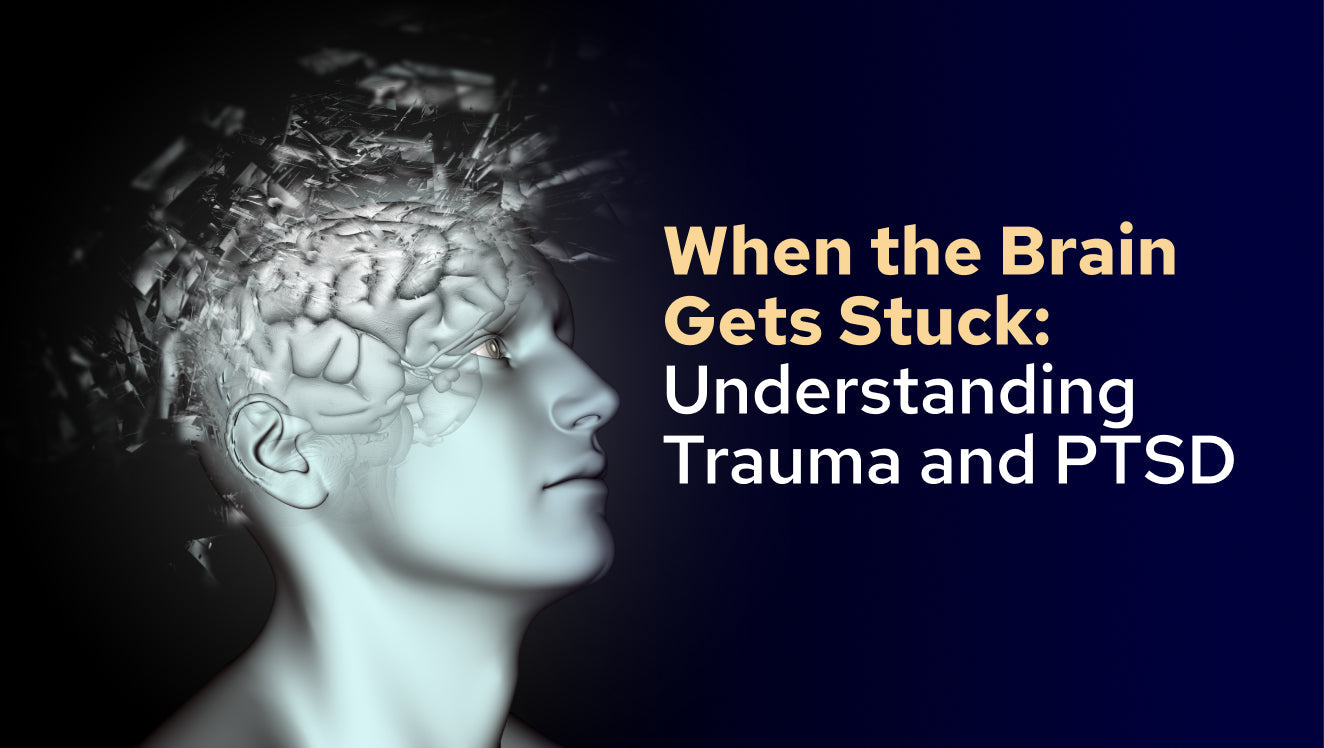


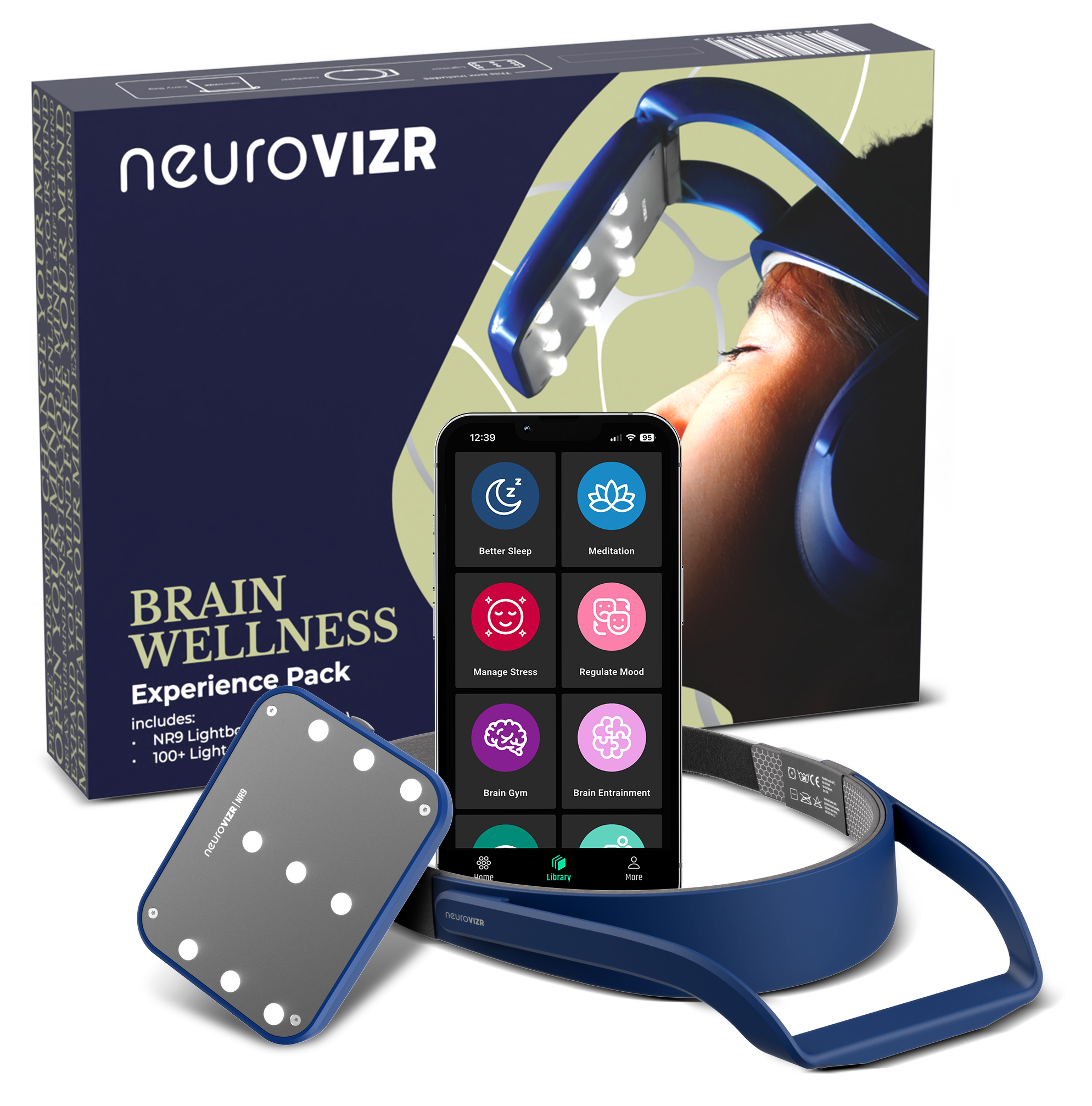


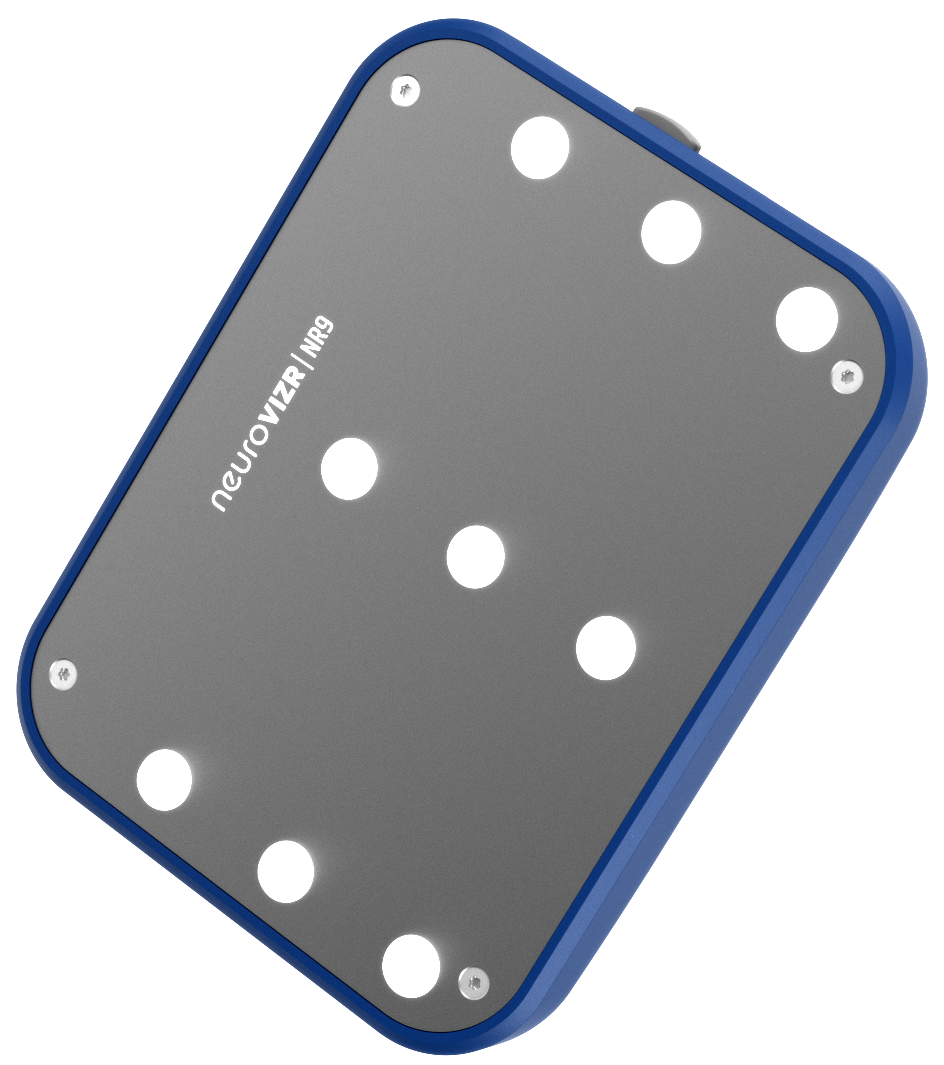
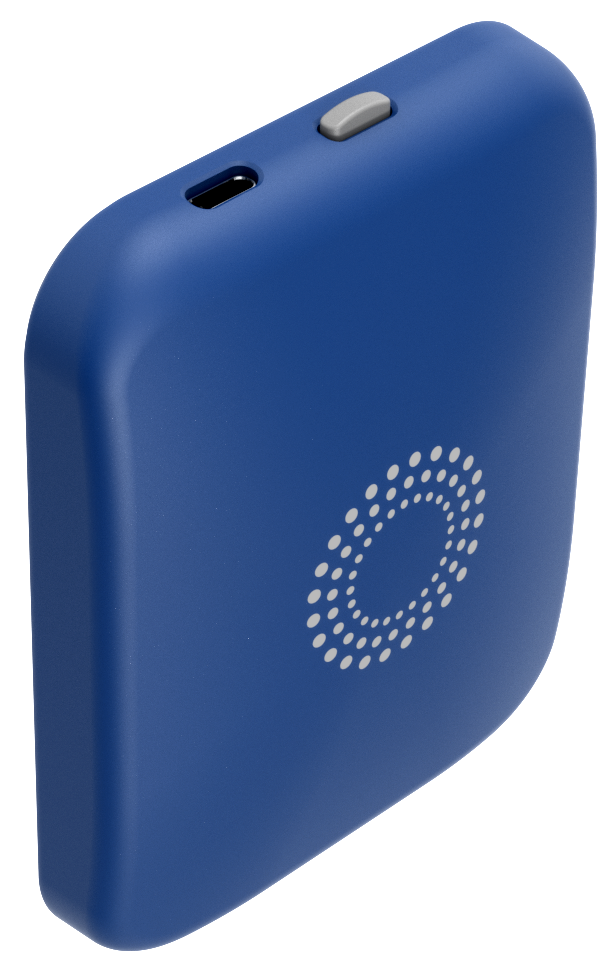
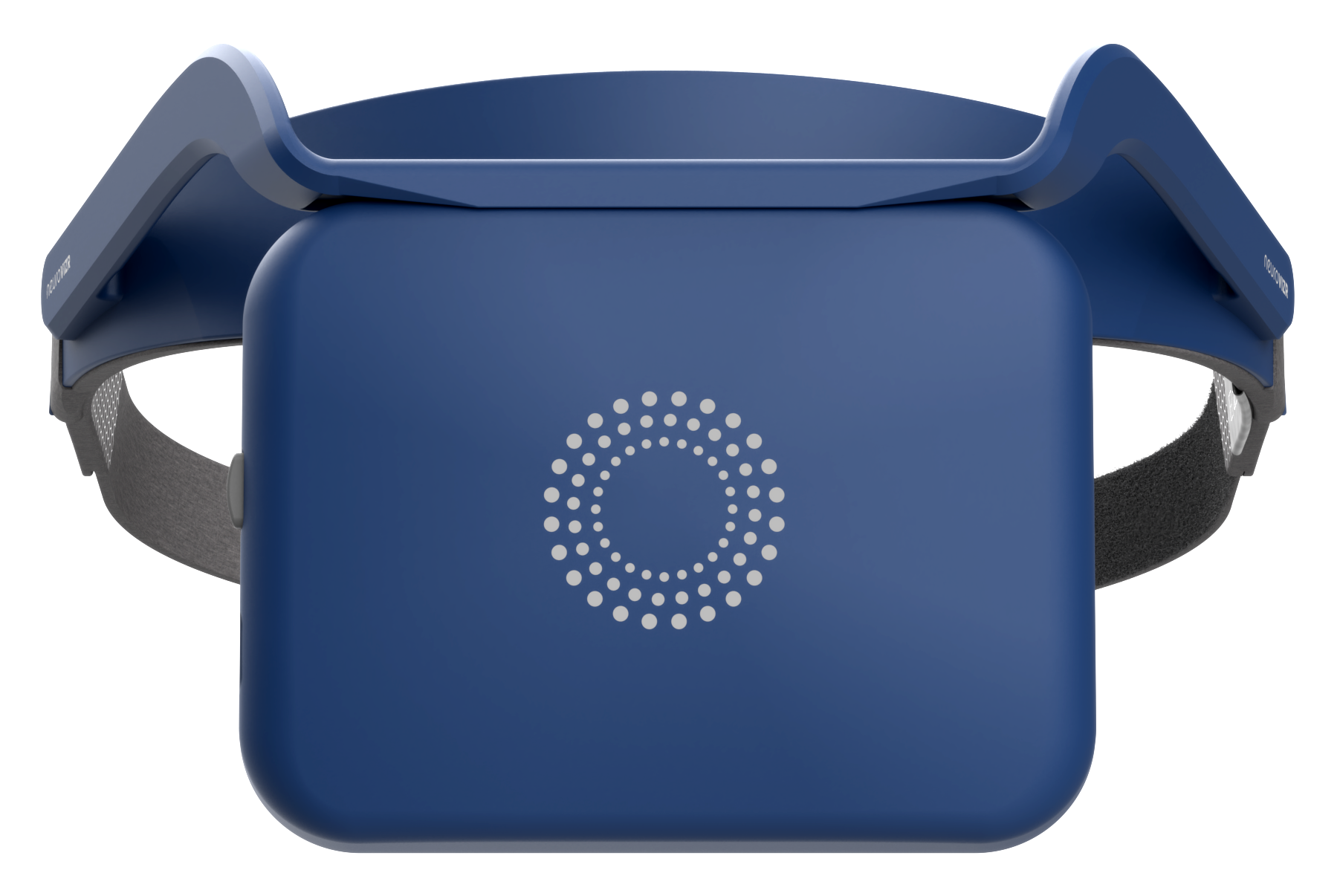


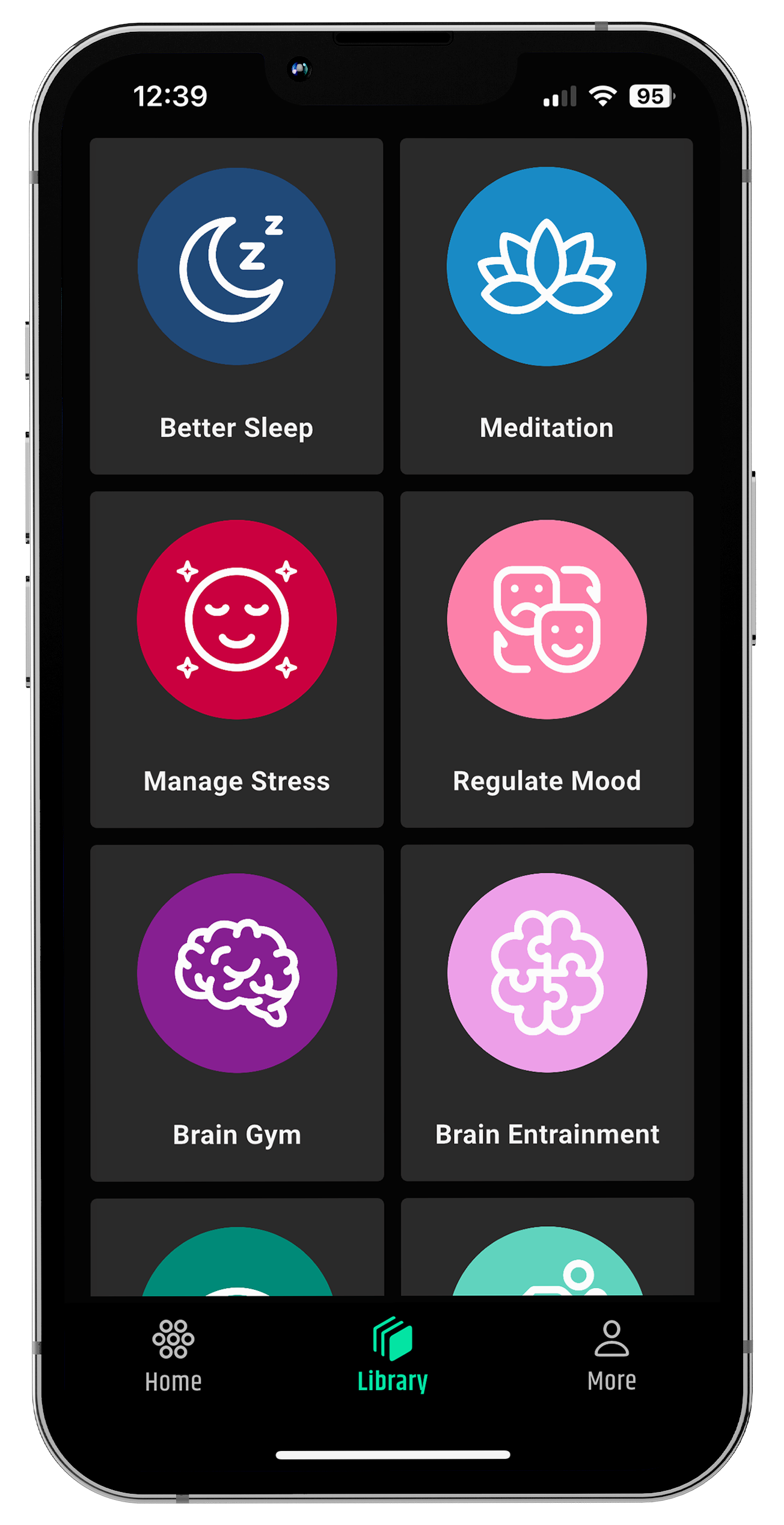


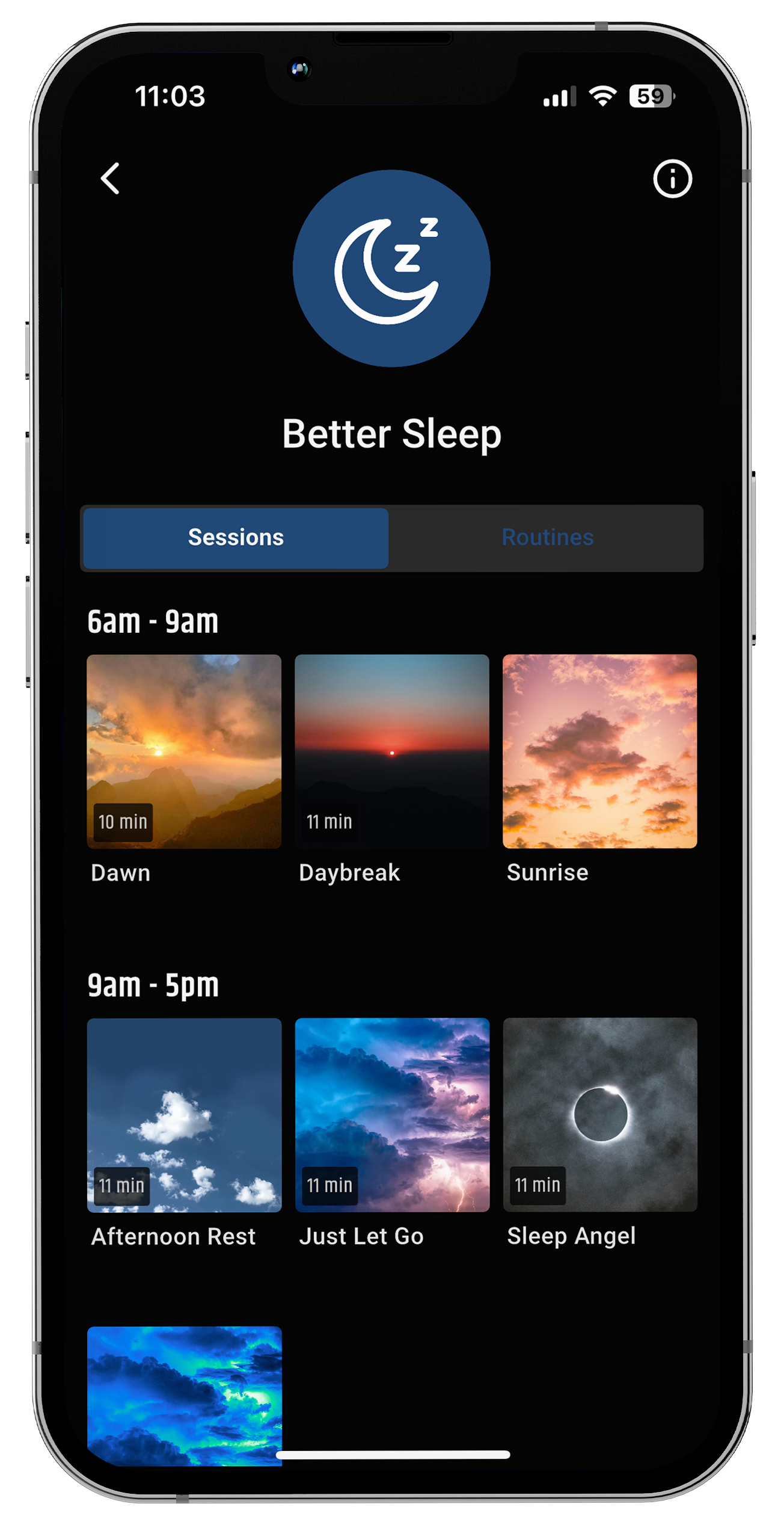
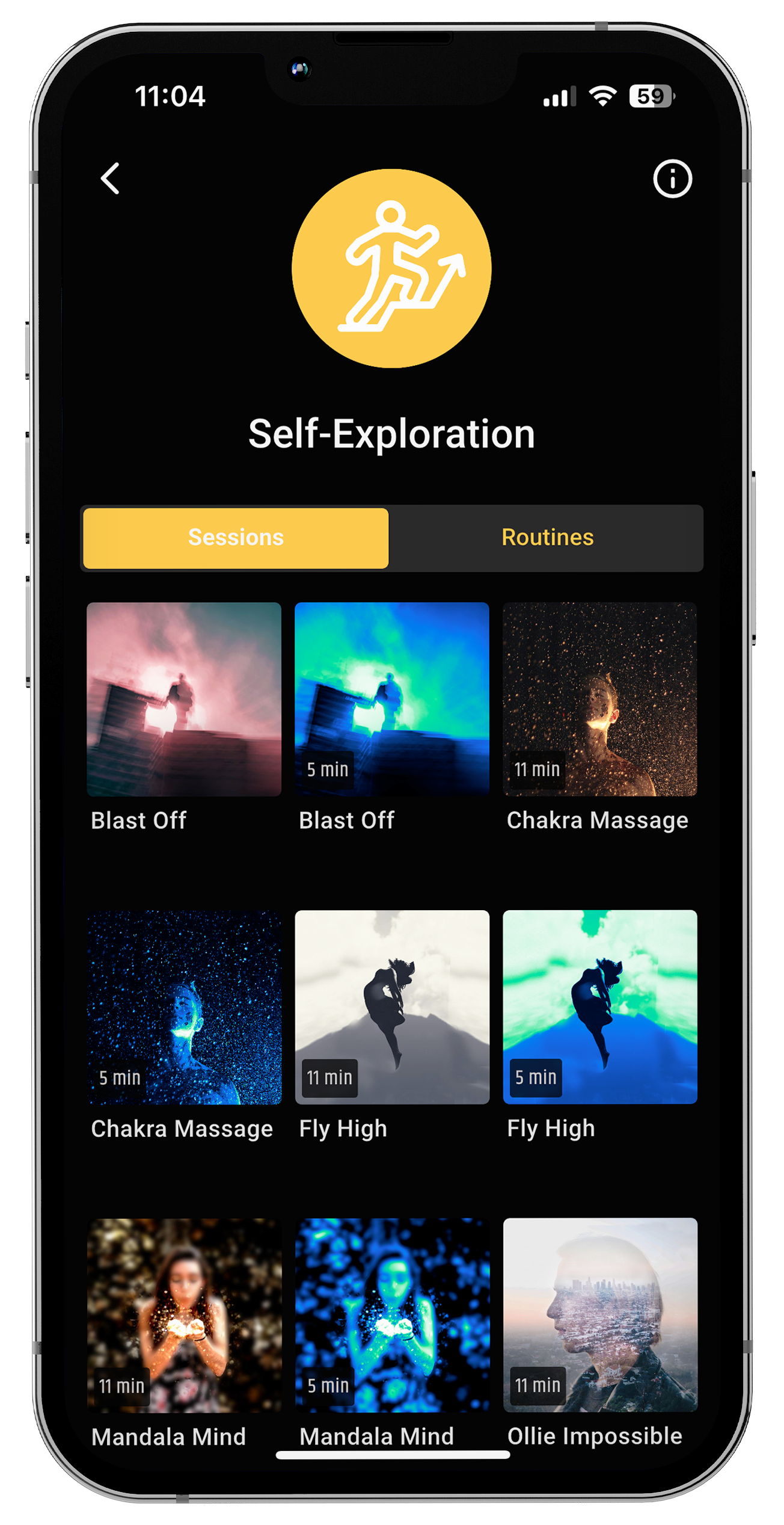



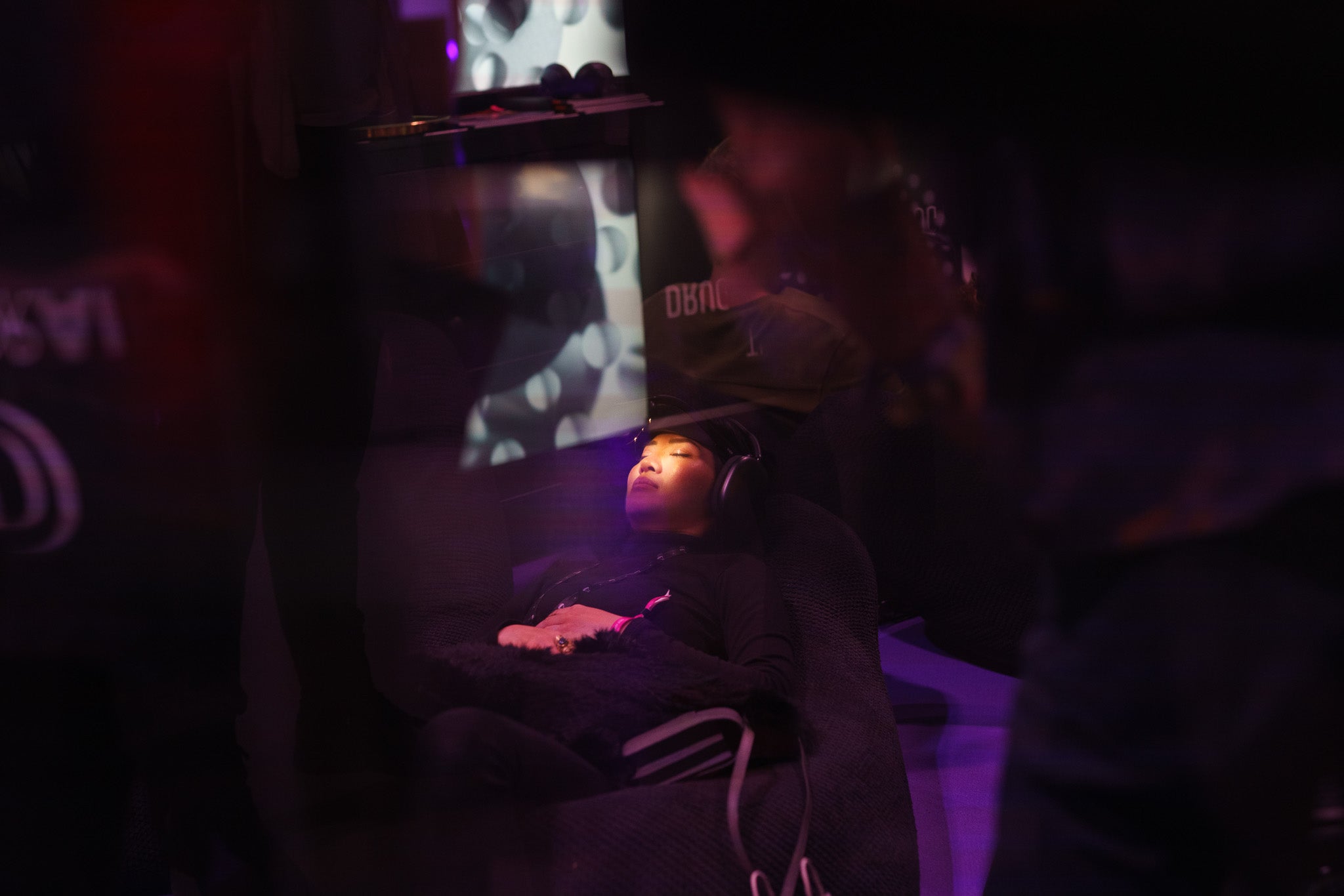




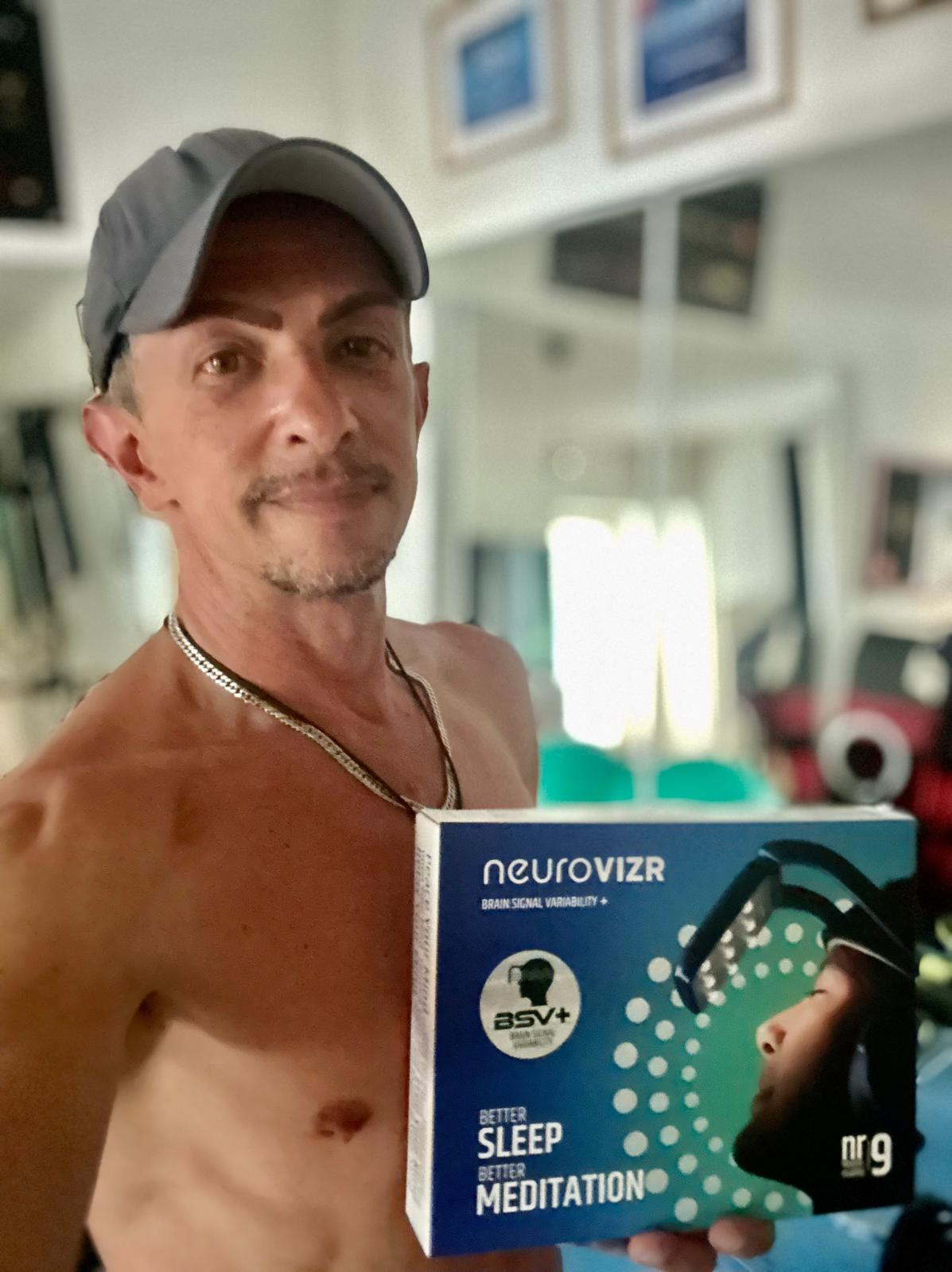
Share:
Learning about ADHD in Women: Symptoms, Problems, and Solutions
Is OCD Neurodivergent? Understanding the Connection Between Brain Function and Identity